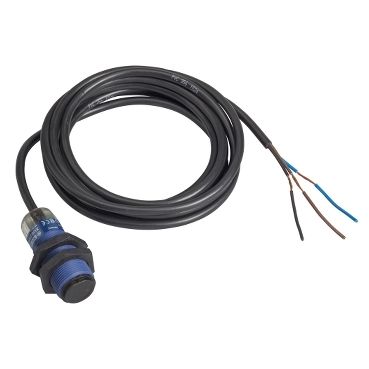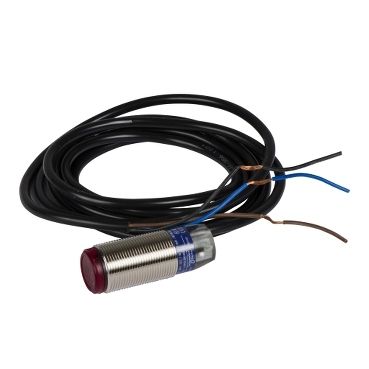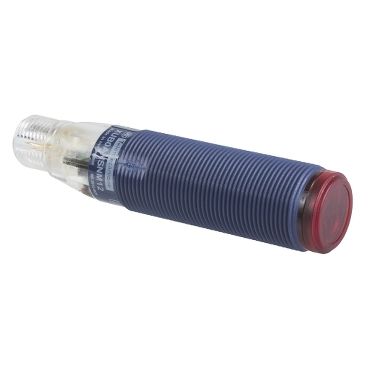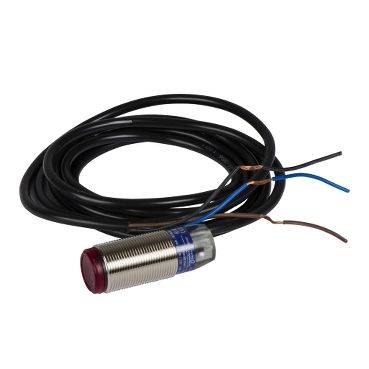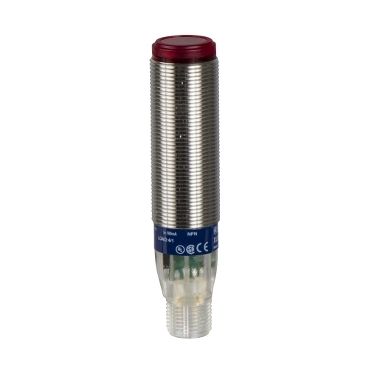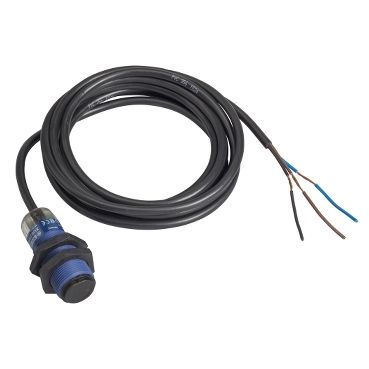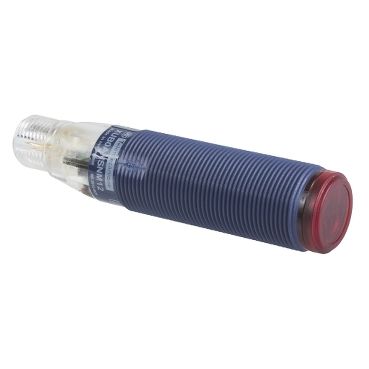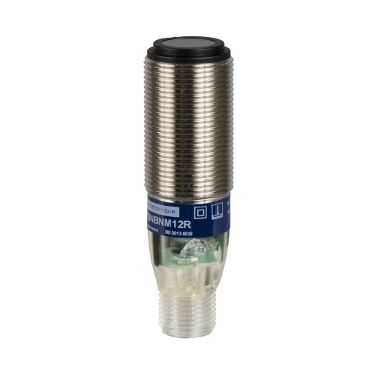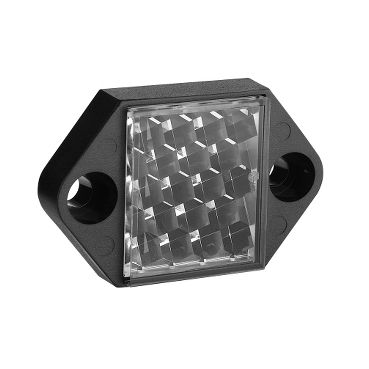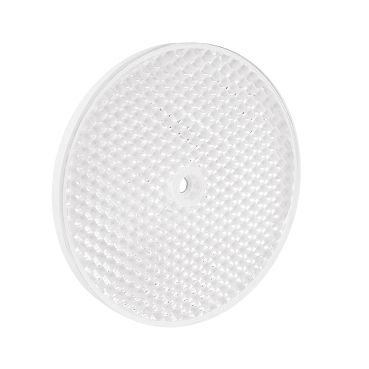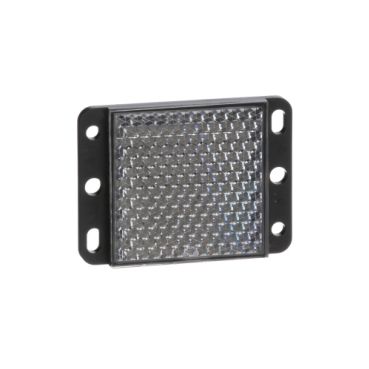Cylindrical
A cylindrical photoelectric sensor, also known as a cylindrical photoeye or cylindrical photoelectric switch, is a type of sensor commonly used in industrial automation for detecting the presence, absence, or position of objects. Here are the key features and components of a cylindrical photoelectric sensor:
- Cylindrical Housing: The sensor is housed in a cylindrical enclosure, which often has a threaded barrel for easy mounting onto machinery or equipment.
- Emitter and Receiver: Like other photoelectric sensors, the cylindrical photoeye consists of two main components: an emitter and a receiver. The emitter emits a light beam, typically infrared or visible light, towards the target area. The receiver detects the light beam and analyzes changes in its intensity to determine the presence or absence of objects.
- Detection Principle: Cylindrical photoelectric sensors operate based on the principle of light interruption. When an object enters the detection zone between the emitter and receiver, it interrupts the light beam, causing a change in the receiver's output signal. This change is then used to trigger an action or provide feedback to a control system.
- Sensing Modes: Cylindrical photoelectric sensors can operate in various sensing modes, including through-beam, retroreflective, and diffuse-reflective modes. In through-beam mode, the emitter and receiver are separate units, with the light beam passing from the emitter to the receiver. In retroreflective mode, both the emitter and receiver are housed in the same unit, and the light beam reflects off a target object back to the sensor. In diffuse-reflective mode, the sensor detects the light reflected directly from the target object.
- Adjustable Parameters: Many cylindrical photoelectric sensors allow users to adjust parameters such as sensing distance, sensitivity, and response time to optimize performance for specific applications.
- Environmental Considerations: These sensors are often designed to withstand harsh industrial environments, with features such as rugged construction, sealed housings for protection against dust and moisture, and resistance to vibration and temperature extremes.
Cylindrical photoelectric sensors find applications in various industries, including manufacturing, packaging, automotive, and material handling, where they are used for tasks such as object detection, counting, positioning, and quality control.


